St Clether Holy Well Chapel
A holy well supposedly infused with a saint's spirit flows within this quaint chapel.
Hidden deep within the Inny Valley and surrounded by wild moorland is the St. Clether Holy Well Chapel, the largest and best-preserved holy well in Cornwall. The site dates back to Celtic times and is named after St. Clederus, one of 24 children of the Welsh St Brychan, King of Brycheiniog.
St. Clederus died in the in the middle of the sixth century and was buried at the hermitage. After his death, the water grew famous for its miraculous healing properties. Supposedly, when the saint’s body was laid to rest by the altar, his corpse infused the water with his spirit. Today, a spring of water from the holy well still burbles under the altar in the well-house and then into the chapel.
Despite its legendary holy well, the chapel eventually fell into disrepair and was rebuilt in the 15th century, creating the chapel that still stands today. Although many similar chapels were destroyed during the Reformation, this one survived, perhaps due to its remote location.
But by the late 19th century, the chapel had fallen into disrepair once again. This time it was rescued by Reverend Sabine Baring-Gould, a famous Victorian archaeologist, antiquarian, folk song collector, hymn writer, scholar, and more. Baring-Gould loved the place dearly, and it is said that the ghostly figure that can sometimes be seen inside the chapel is his.
Today, the chapel maintains hints of its Celtic roots. A clootie tree (wishing tree) stands by the holy well, and ley lines run through the chapel in both directions, through the holy wells and crossing on the altar.
Know Before You Go
There's parking at the main church. Its free to visit, but donations appreciated.







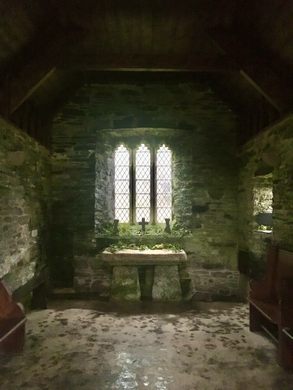

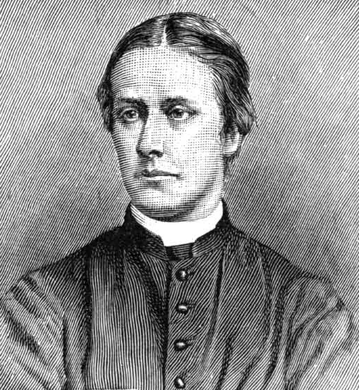




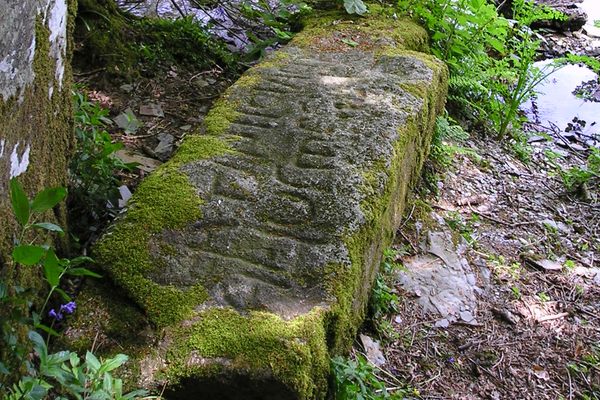
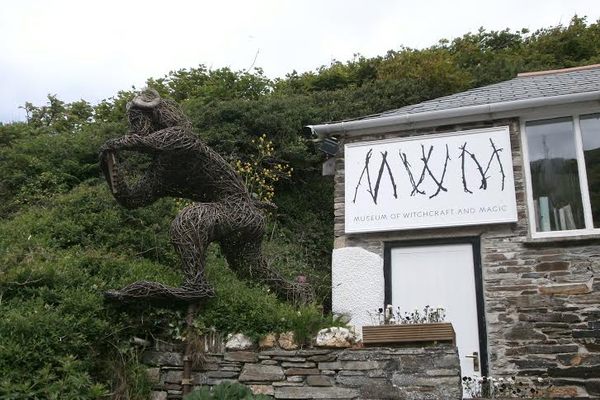
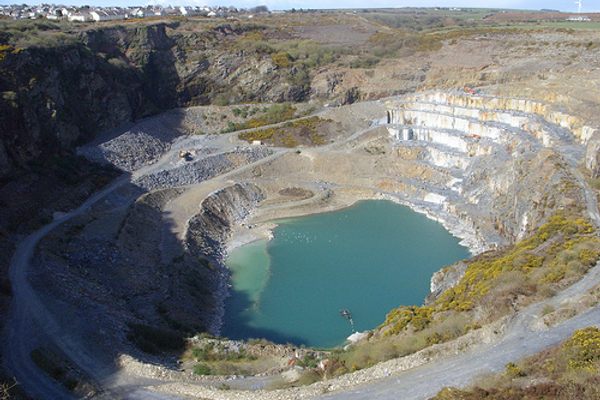

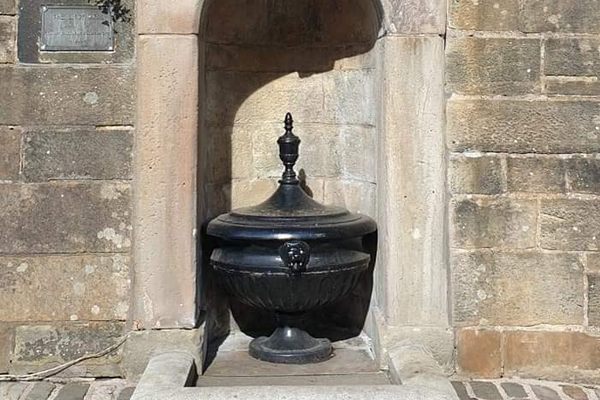
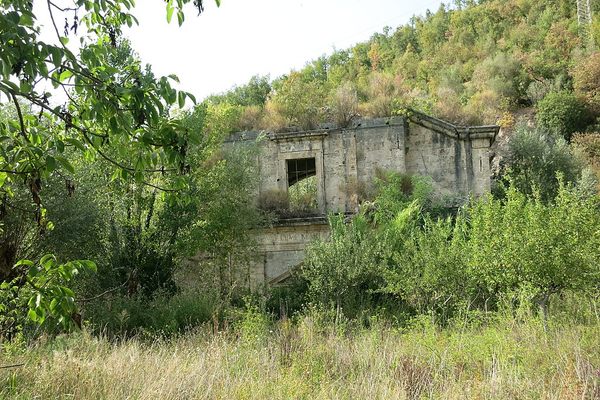
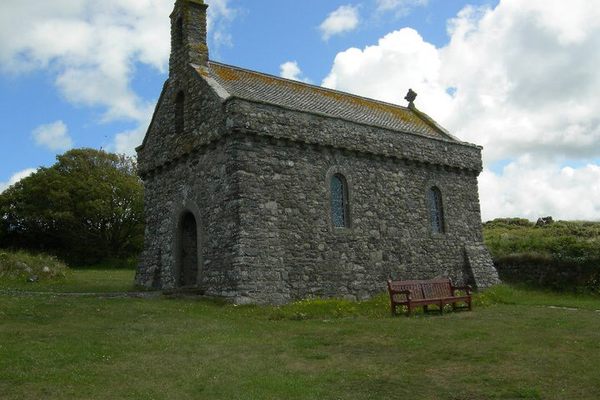

Follow us on Twitter to get the latest on the world's hidden wonders.
Like us on Facebook to get the latest on the world's hidden wonders.
Follow us on Twitter Like us on Facebook